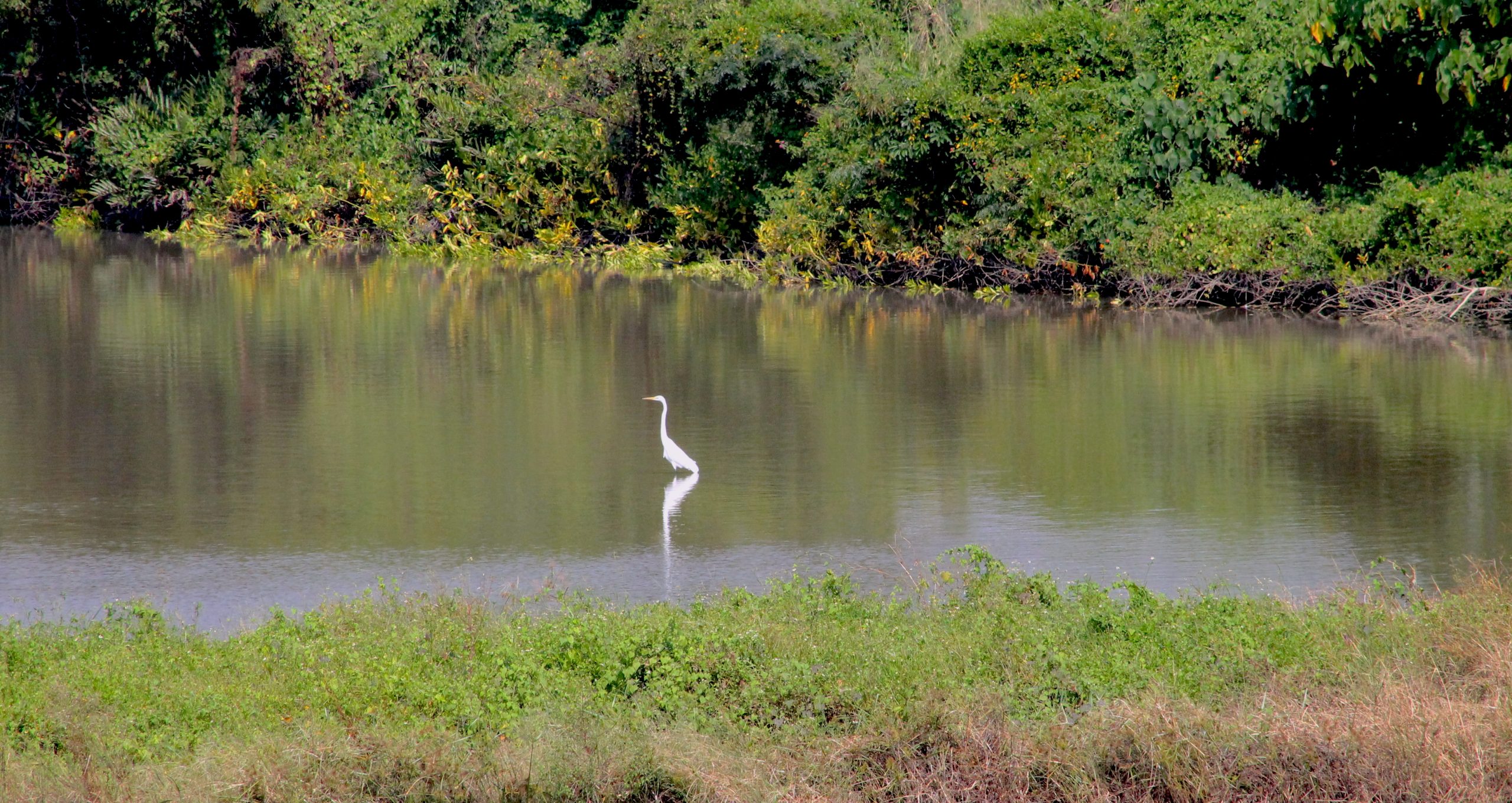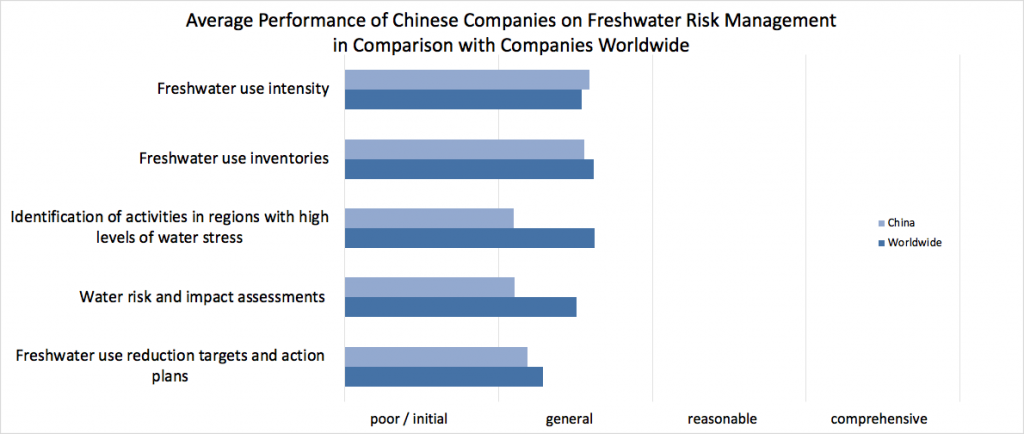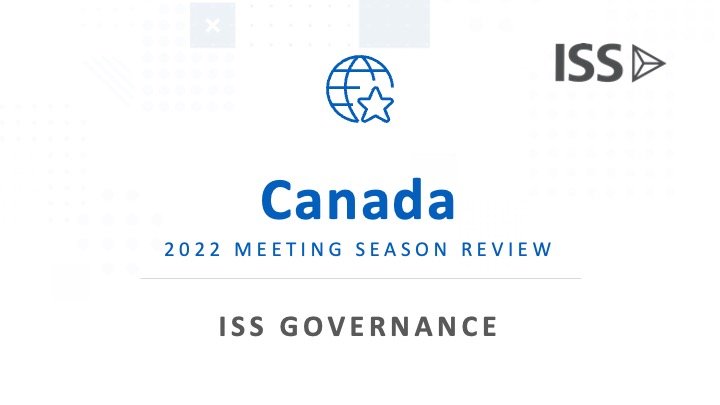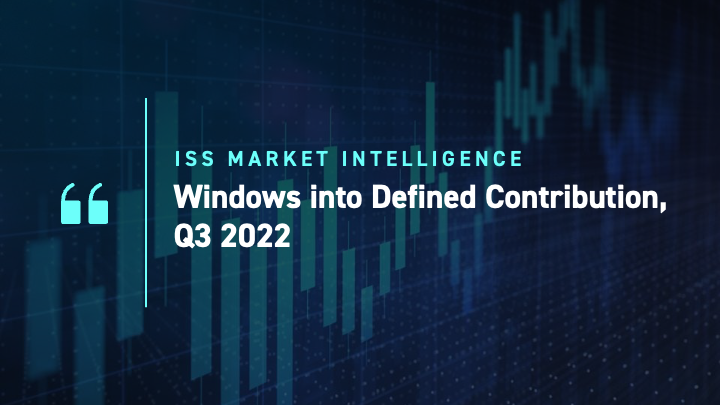
KEY TAKEAWAYS
- China’s hosting of World Wetlands Day 2021 will raise the profile of the event in the region.
- We can expect the conservation and restoration of mangroves and peat swamps forests to receive extra attention.
- Increasing financial allocations to wetland protection and the introduction of inter-regional ecological compensation using market mechanisms are also to be expected.
- Companies with a sustainable services/products portfolio as well as better environmental impact and water risk management are likely to embrace more opportunities.
Wetlands Protection Overview
February 2nd is World Wetlands Day and 2021 marked the 50th anniversary of the Ramsar Convention. Wuhan is hosting COP14 this year and the first wetlands protection law in China just rolled into its first reading on Jan 20th, 2021. The first draft is open for public consultation until Feb 25th, 2021 and this policy brief offers a sneak preview on what we can expect from this legislation.
Increasing investment and introducing compensation mechanisms
Part of the draft explains how wetlands protection shall be introduced to the socioeconomic plans of all governments at or above county level in China, and how the corresponding expenditures should be included in their financial budgets.
The central government will increase financial resource allocations to wetlands protection and facilitate the introduction of inter-regional ecological compensation using market mechanisms. The pilot project in Liaoning Province launched in 2011 has led to a significant improvement in water quality. Improved environmental services coupled with and corporate compliance also contributed to the declining ecological compensation costs when compared to levels from the beginning of the pilot project.
Balancing (economic) development and wetlands protection
The brief details how all governments at or above county level in China must carefully conduct infrastructure, industrial and commercial planning around wetlands to ensure their ecosystem stability. Governments should also mobilize resources and assist environmentally friendly development projects around wetlands. Companies with a sustainable services/products portfolio as well as better environmental impact and water risk management are likely to benefit from these changes.

Ecosystem management and science-based restoration
The new legislation draft outlines the mitigation hierarchy from avoidance, minimization, rectification to compensation, key elements of the precautionary principle. It prohibits any organization or individual from destroying the habitats of all flora and fauna in wetlands and prioritizes conservation, systematic management, science-based restoration, and reasonable utilization overcompensation and penalization. Science-based wetland restoration technology is also promoted, creating new opportunities for business and investors.
Mangroves and Peat Swamp Forests receive high attention
The draft highlights mangroves and peat swamp forests, and emphasizes their conservation and restoration in Chapters Two and Chapter Three. This is intended to help mitigate the emerging physical risks of climate change, by reducing floods, increasing coast stability and strengthening the functioning of peat swamp forests as carbon sinks. Those in violation of regulations related to these two types of ecosystems may be fined up to 1 million CNY or face criminal penalties if their violations constitute crimes.
Clear responsibilities and encouraging public participation
While it is clearly understood that governments at various levels and legal enforcement agencies are primarily responsible for wetlands protection and management, citizens and legal persons including various institutions are encouraged to participate in wetlands protection. As ISS ESG Corporate Rating data illustrates below, Chinese companies tend to lag their international peers in such matters, however.

As regulations on water risk management and protection of wetlands are tightened in China, investors need to be prepared from both a compliance and economic perspective. ISS ESG offers data and analysis of water impact management for companies in China and worldwide, helping investors mitigate and manage portfolio water risks.
By:
Haiyu DING, Associate, ISS ESG
Yijing ZHANG, Analyst, ISS ESG



